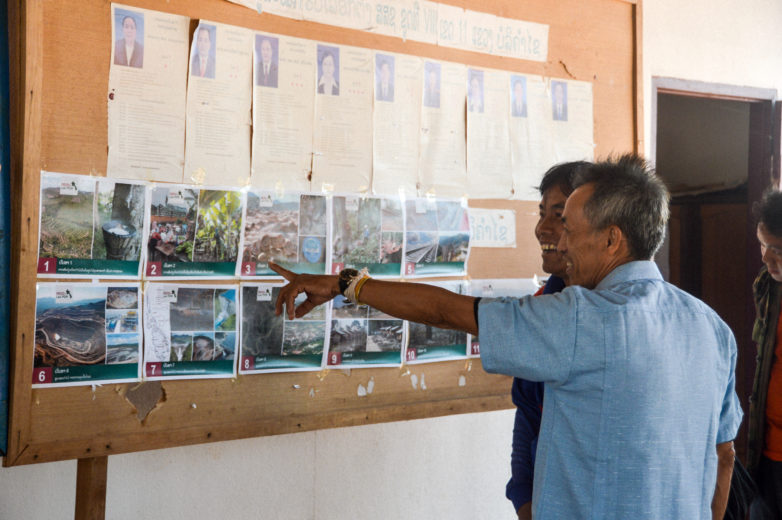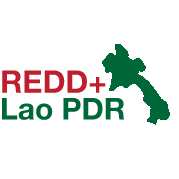After significant planning and preparation, REDD+ Office together with related technical working group (TWG) members and REDD+ Technical Advisers launched a training-of-trainers (ToT) and full-scale field consultation in Bolikhamxay Province between 20 and 24 February 2017, to consult with provincial, district and kumban stakeholders on the main “drivers,”or causes, of deforestation and forest degradation, underlying causes, and strategy options to tackle the issue. The consultation brought out the voices and opinions of the people on ground, who either work with or live close to the issues related to deforestation and forest degradation. The results help to cross-check findings by experts at central level. By training facilitators, the week-long workshop also paved way for the rest of the field consultations in selected deforestation “hotspots” across Lao PDR.
The consultation follows a 5-day schedule. On the first day, SESA technical working group representatives and technical advisors trained central and provincial to become facilitators. On day two, they met with a larger gathering of provincial stakeholders who came together to learn the methodology, before providing their inputs on the drivers, underlying causes, and suggested solutions. On day three, the large team formed at the provincial level meeting was divided into two groups to conduct consultations at Bolikhan and Pakading Districts. A similar process took place at the district level. Day 4 marked an exciting opportunity for the central-provincial-and district-level authorities and stakeholders to meet with representatives of various villages held in four kumban (village cluster) gatherings. The two teams each covered two kumbans per district. Villagers at the four kumban consultations were very excited to see the issues close to them being addressed and presented visually. Some ask to bring the posters back to their village so they can share with the school children as well as other villagers. On day 5, all teams came together back in the provincial capital, Paksan. They presented their findings from their respective sites on the local perceptions of drivers of deforestation and forest degradation, underlying causes, local solutions, social and environmental issues as well as recurring trends.

